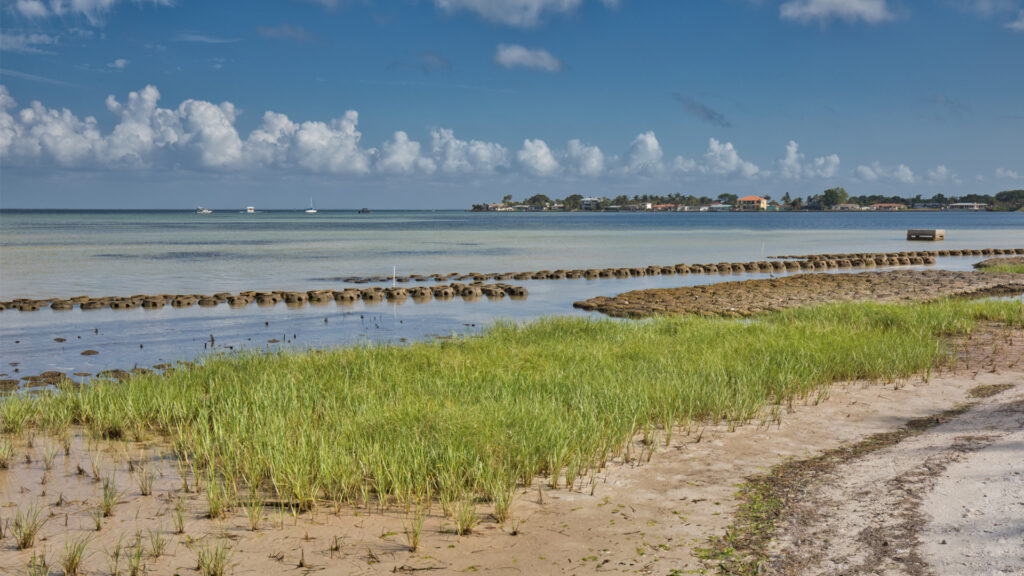By Mark Richardson, Florida News Connection
Research indicates living shorelines are more effective at protecting Florida’s fragile coastal areas from the wave action of hurricanes and other major storms than artificial structures.
A study analyzed the results of shorelines in the regions around Cedar Key, an island off Florida’s Nature Coast, during Hurricane Idalia in 2023. Researchers found living shorelines reduce wave energy and storm surge by 28% in hurricane environments.
Savanna Barry, regional specialized extension agent at the Nature Coast Biological Station in Cedar Key and the study’s co-author, said it demonstrated natural barriers can be more effective than artificial structures.

“Living shorelines basically restore a gradual slope from the dry land to the ocean,” Barry explained. “That shoaling natural slope, along with all of the complexity of the biological components, is what blows down currents and wave energy.”
The study found living shorelines, typically constructed from recycled oyster shells or other materials, better protect communities from storm surge, sea level rise, and erosion. Officials hope to include the study data in future updates to the region’s Big Bend Seagrasses Aquatic Preserve Plan.
Living shorelines are less expensive to create, more resilient to storms and have less maintenance costs, according to the National Oceanic and Atmospheric Administration. Barry noted natural solutions are often more adaptable and resilient to changing conditions than seawalls and other complex structures.
“There is a direct economic benefit to the homeowner or property owner to install this,” Barry pointed out. “It was eight and a half times cheaper to install a living shoreline and 2.7 times cheaper to maintain a living shoreline than a seawall.”
The Big Bend Seagrasses Aquatic Preserve spans nearly 1 million acres off Cedar Key. Barry stressed it is crucial to commercial shellfish, including Cedar Key clams, oysters, pink shrimp and blue crab. All the state’s aquatic preserves have management plans to guide the use of natural resources.
Florida News Connection is a bureau of the Public News Service. Support for this reporting was provided by The Pew Charitable Trusts. Banner photo: A living shoreline project in Florida (Florida Sea Grant/Apalachicola National Estuarine Research Reserve, CC BY-NC-ND 2.0 DEED, via flickr).
Sign up for The Invading Sea newsletter by visiting here. To support The Invading Sea, click here to make a donation. If you are interested in submitting an opinion piece to The Invading Sea, email Editor Nathan Crabbe at nc*****@*au.edu.




Shoreline maintenance is crucial, especially with recurring algae growth. Alpha Solutions handled our coastal area with precision and eco-friendly methods.